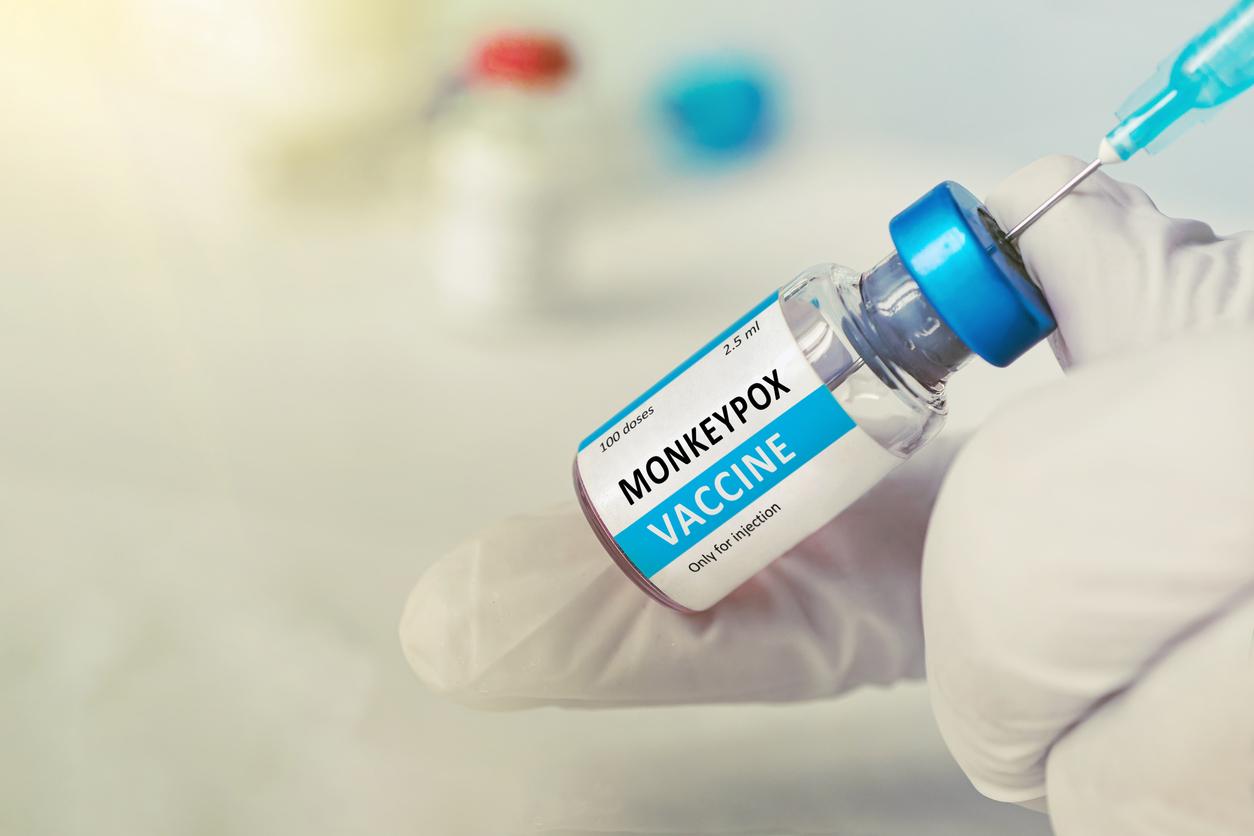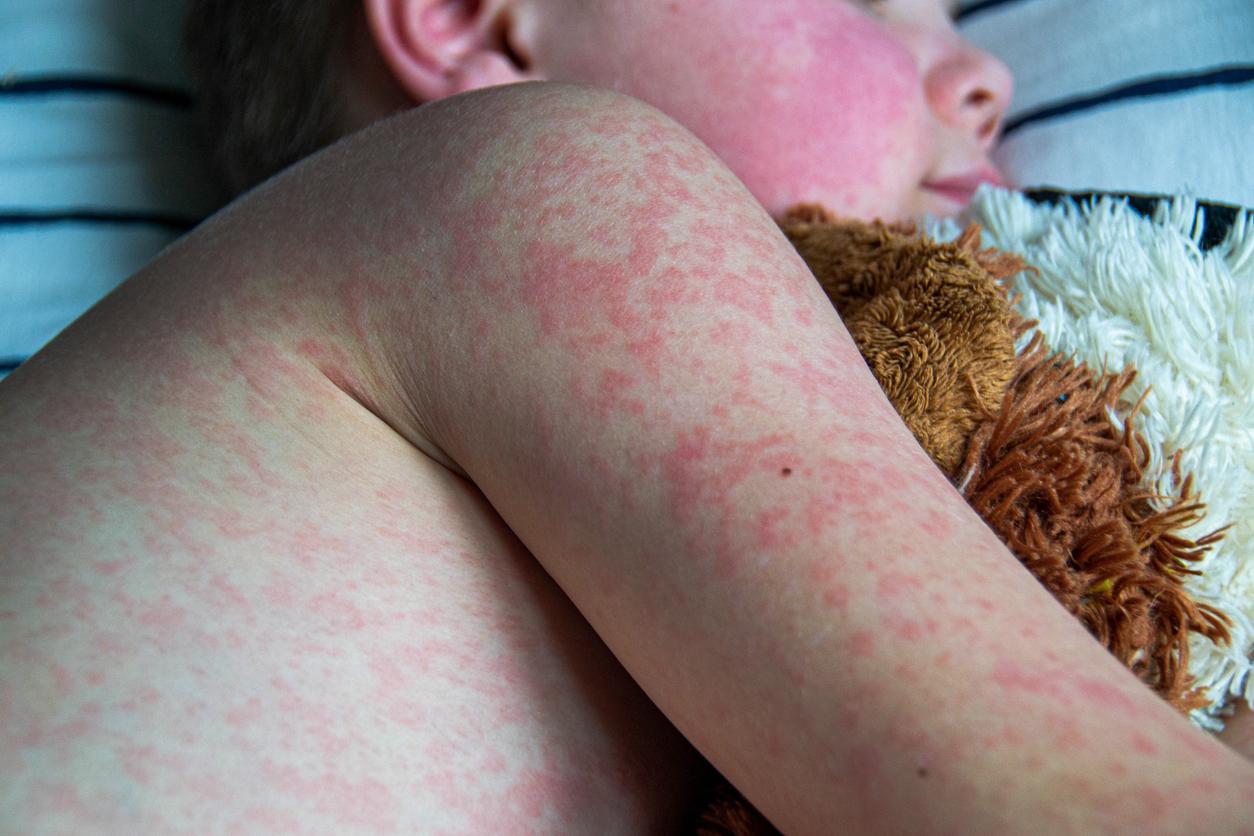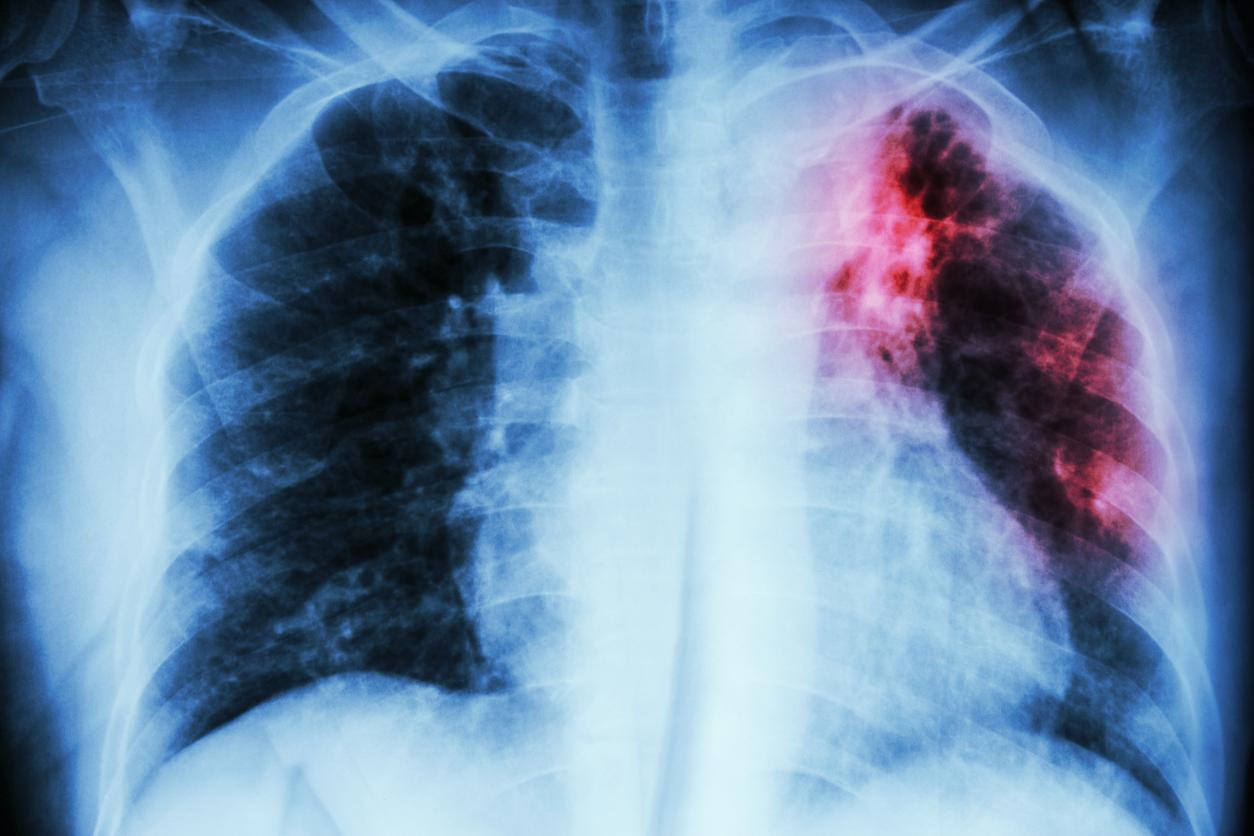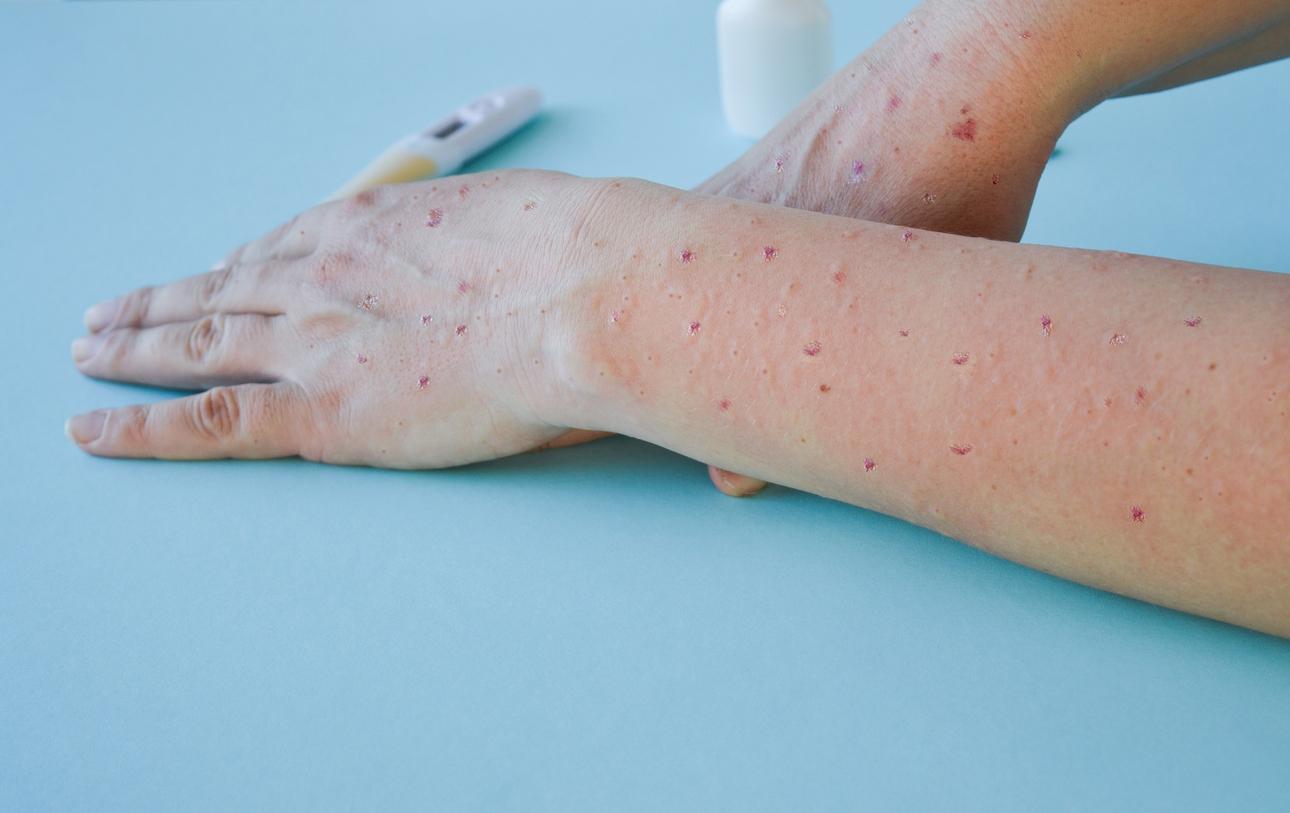1.3 million people will die of liver cancer within 20 years if nothing is done to fight this disease, warn WHO researchers.

- Liver cancer is one of the top three causes of cancer death in 46 countries and is in the top five in nearly 100 countries.
- Worldwide, 905,700 people were diagnosed with liver cancer in 2020.
It’s a leading cause of death worldwide and the situation is likely to get even worse, according to a new analysis published in The Journal of Hepatology. Carried out by scientists from the International Agency for Research on Cancer (IARC), a branch of the World Health Organization based in Lyon, it predicts that at the current rate, 1.4 million people will be diagnosed and 1.3 million will die of liver cancer by 2040.
Liver cancer is a ‘largely preventable’ disease
This would represent an increase of some 500,000 in both the number of cases and the number of deaths per year,”unless we achieve a substantial decrease in liver cancer rates through primary prevention“said IARC epidemiologist Harriet Rumgay, lead author of the study.
Indeed, if controls are regularly put in place, it would be possible to counter this increase. “This cancer is largely preventable if control efforts are made – the main risk factors being hepatitis B virus, hepatitis C virus, alcohol consumption, excess weight and metabolic conditions , including type 2 diabetes“, explains Isabelle Soerjomataram, co-author of the study, in a press release.
Alcohol consumption is a risk factor for liver cancer
The authors call for more action to tackle hepatitis B and C, whose progress in research has been hampered by the Covid-19 pandemic, and to expand vaccination, testing and treatment. Harriet Rumgay also argued for “measures to reduce the population’s alcohol consumption and curb the increase in the prevalence of diabetes and obesity“.
Primary liver cancer is a cancerous tumor that starts in liver cells. This tumor can then invade neighboring tissues. Secondary liver cancer (or “metastasis”) comes from cancer that started in another organ of the body. The five-year survival rate after a diagnosis of liver cancer varies greatly according to the stage of evolution of the cancer at the time of diagnosis: from 25% in the forms where the tumor is localized to less than 10% in the forms where the tumor is more extensive.


















